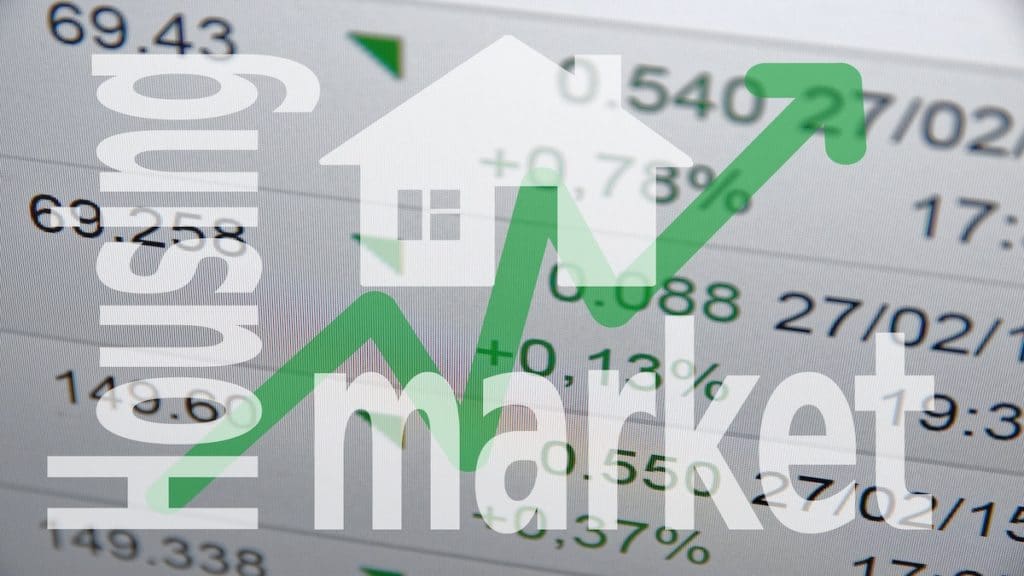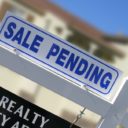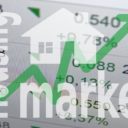
Housing Indicators Were Crushing Pre-Pandemic Levels and Post-Pandemic Expectations Under Trump

New York, N.Y. (PPD) — Economists said housing market indicators suggested the sector was “booming” before the election last November, but are already reversing historically high trends. Now, increased regulatory policy under a new administration are causing headwinds in new residential construction, the labor market and greater economy.
Housing indicators that were surpassing pre-pandemic levels and post-pandemic expectations only a few months ago, are already showing signs of weakening, and economists worry the boom will turn into a fizzle.
“Concerns over higher lumber prices produced softness for the housing market amid solid buyer traffic at the start of the year,” said NAHB Chairman Chuck Fowke. “With the cost of building materials rising at a rapid pace, the challenge for builders is to keep home prices at an affordable level for buyers even as the regulatory policy environment may become more challenging.”
The NAHB Housing Market Index (HMI) released earlier this week for February came in at 84. While that’s 1 point higher than the month prior, it’s a clear arrest in the trend that saw repeated and consecutive surpassing of historically highs under the Trump Administration.
For the first three years the prior administration, housing remained the only sector to not realize pre-Great Recession levels of activity. By the end of 2019 and start of 2020, it appeared the U.S. economy would be firing on all four cylinders.
The HMI started 2020 at a 20-year high. In January 2020, builder confidence in the market for newly-built single-family homes hit the highest sentiment levels since July of 1999. It would later far surpass those levels following the lockdowns due to Covid-19.
New residential construction, a key report on building permits and housing starts heavily influenced by builder confidence, had crushed forecasts in September and October. The last two months before the election were preceded by consistently strong monthly data that seemed immune to the lockdowns.
However, housing starts missed the consensus forecast and declined significantly in January to 1,580,000, down from 1,680,000. Further deepening concerns for future activity, delivery delays and costs slowed construction, meaning strong data for the prior month was probably driven by lagging activity.
“The weakness in housing starts in January is consistent with our recent builder surveys,” said NAHB Chief Economist Robert Dietz. “Builders report concerns over increasing lumber and other construction costs and delays in obtaining building materials.”
“Rising interest rates will also erode housing affordability in 2021, as existing home inventories remain low.”
By the end of 2020, experts foresaw housing leading the economic recovery and raised growth forecasts for the sector. While indicators suggest weaker activity post-election, some are still maintaining a positive outlook, albeit less positive.
“Pending home sales contracts have dipped during recent months, but I would attribute that to having too few homes for sale,” said Lawrence Yun, NAR’s chief economist. “There is a high demand for housing and a great number of would-be buyers, and therefore sales should rise with more new listings.”
However, that forecast could prove too rosy if other areas of the economy do not hold up as well as anticipated against more regulations, higher taxes and lower wages.
Housing Market Follows Other Sectors Into Weaker Trend
Housing is one sector in a slew of key economic indicators that took a turn for the worse following the election and inauguration of Joe R. Biden. It’s a stark reversal from the positive trends that followed the election and inauguration of Donald J. Trump, and the recovery after the height of pandemic-induced lockdown.
The NFIB Small Business Optimism Index cratered ahead of the inauguration of Joe Biden, the result of an anticipation of negative business conditions in 2021. NFIB Chief Economist Bill Dunkelberg said the 8-point decline from 101.4 to 95.9 — the first non-pandemic related large historical drop since the 2016 presidential election — “mostly” was “due to the outlook of sales and business conditions in 2021.”
“Small businesses are concerned about potential new economic policy in the new administration and the increased spread of COVID-19 that is causing renewed government-mandated business closures across the nation.”
The Index was one of several key economic indicators to break records following the passage of the Tax Cuts and Jobs Act (TCJA), the first overhaul to the tax code in 31 years. The new administration has promised to rollback the overhaul, which fueled nearly two years of uniterrupted monthly wage gains of at least 3% for the first time since before the Great Recession.
The Survey of Consumers preliminary reading on consumer sentiment for February fell from 79.0 to 76.2, far below the consensus forecast. The decline notably followed what consumers viewed to be the resolution of the 2020 U.S. presidential election. It was fueled almost exclusively from declining expectations among the working class, particularly households with incomes below $75,000.
The Consumer Sentiment Index was rebounding post-pandemic lockdown before the election, and hit a six-month high as recently as September. Now, the percentage mentioning income gains fell to just 17% among those in the bottom third, compared with 44% in the top income third.
Meanwhile, the U.S. Labor Department (DOL) reported initial jobless claims continued to rise for the week ending February 13 by 13,000 to a seasonally adjusted 861,000. The previous week was revised significantly higher by 55,000 from 793,000 to 848,000.







Ramsey Morgan / February 26, 2024
Small businesses are concerned about potential new economic policy thank you. Pink Palm Puff Hoodie
/
Eleon / August 6, 2024
I was genuinely drawn to this post. Fantastic material! Pull and Wears
/
Aston jackets / September 20, 2024
Everybody interested in this subject should read this. Aston Jackets
/
wps / October 1, 2024
This was incredibly educational! gained a great deal of knowledge. WPScriptor
/
Brenda Martin / April 14, 2025
Interesting analysis! Post-election jitters impacting housing seem plausible. Perhaps rising mortgage rates are cooling demand, or uncertainty about future policies. I remember economic worries feeling very real back when I was frantically playing poptropica instead of paying attention in history class! Would be good to see data on regional variations – some markets might be more resilient.
/